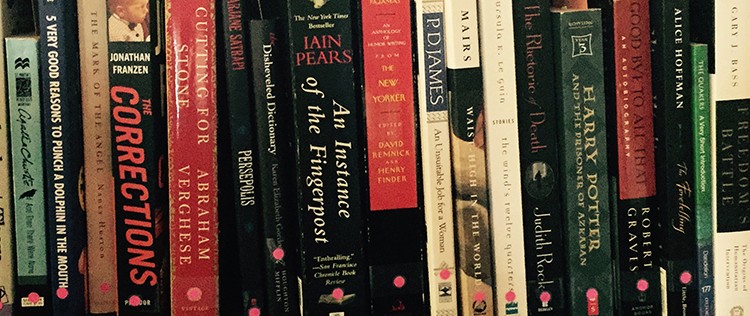LACOL’s Language Instruction Working Group focuses on both theory and effective practices for teaching languages and literatures, using the latest networked technologies to enhance the learning experience.
Activities and Interests of this working group include:
- LESSER TAUGHT LANGUAGE GROUP: Partnering across our member schools to enhance opportunities for students learning lesser taught languages
- EFFECTIVE PLACEMENT/DIAGNOSTIC FRAMEWORK: Designing or adapting effective placement toolsCreating bridge/refresher modules
- DIGITAL STORYTELLING GROUP: Collaboration on storytelling for language instruction
- Exploring online learning communities for language learners (multi-campus cohorts) or peer tutors
| Language Instruction Intranet Home: https://lacol.net/collab/ |
|---|






